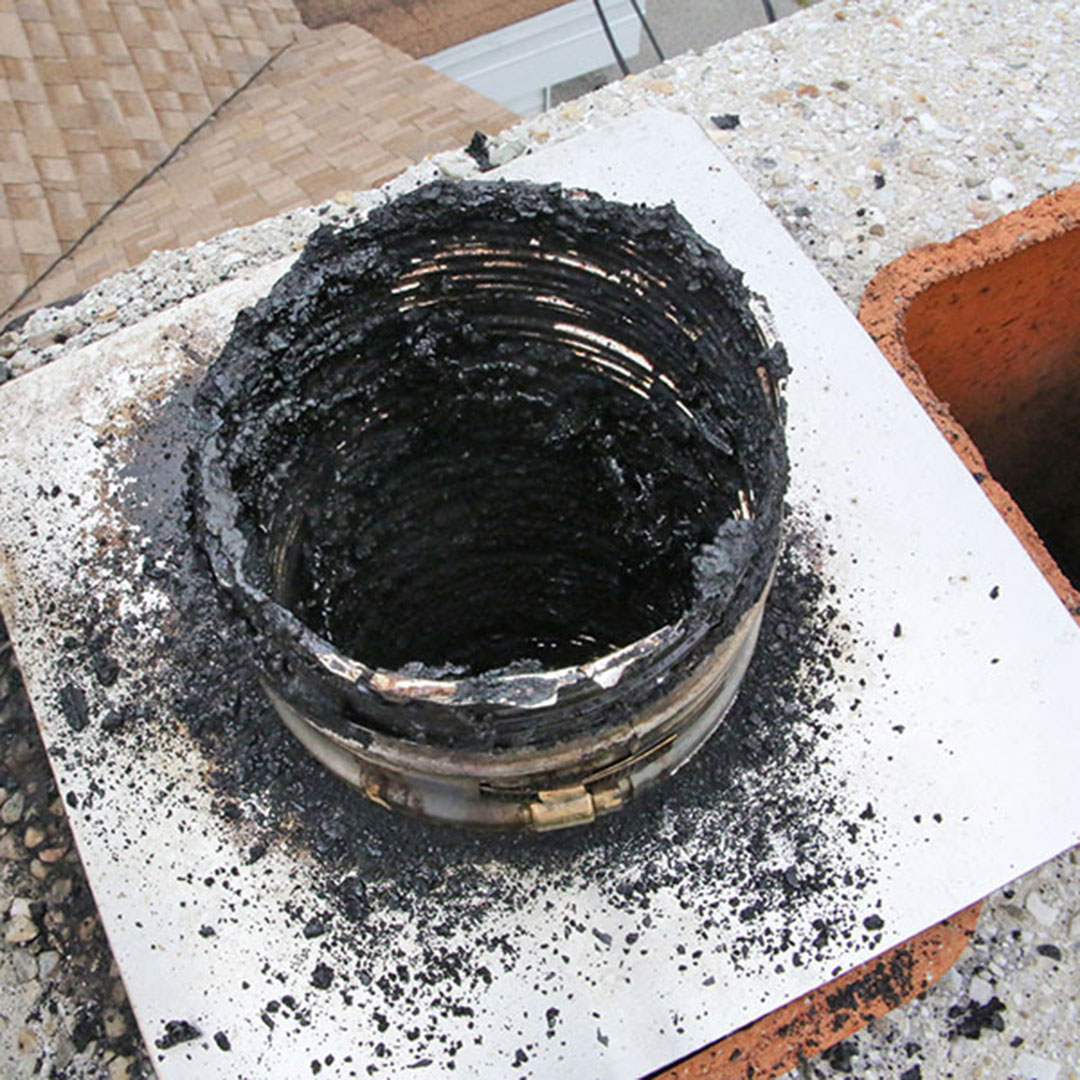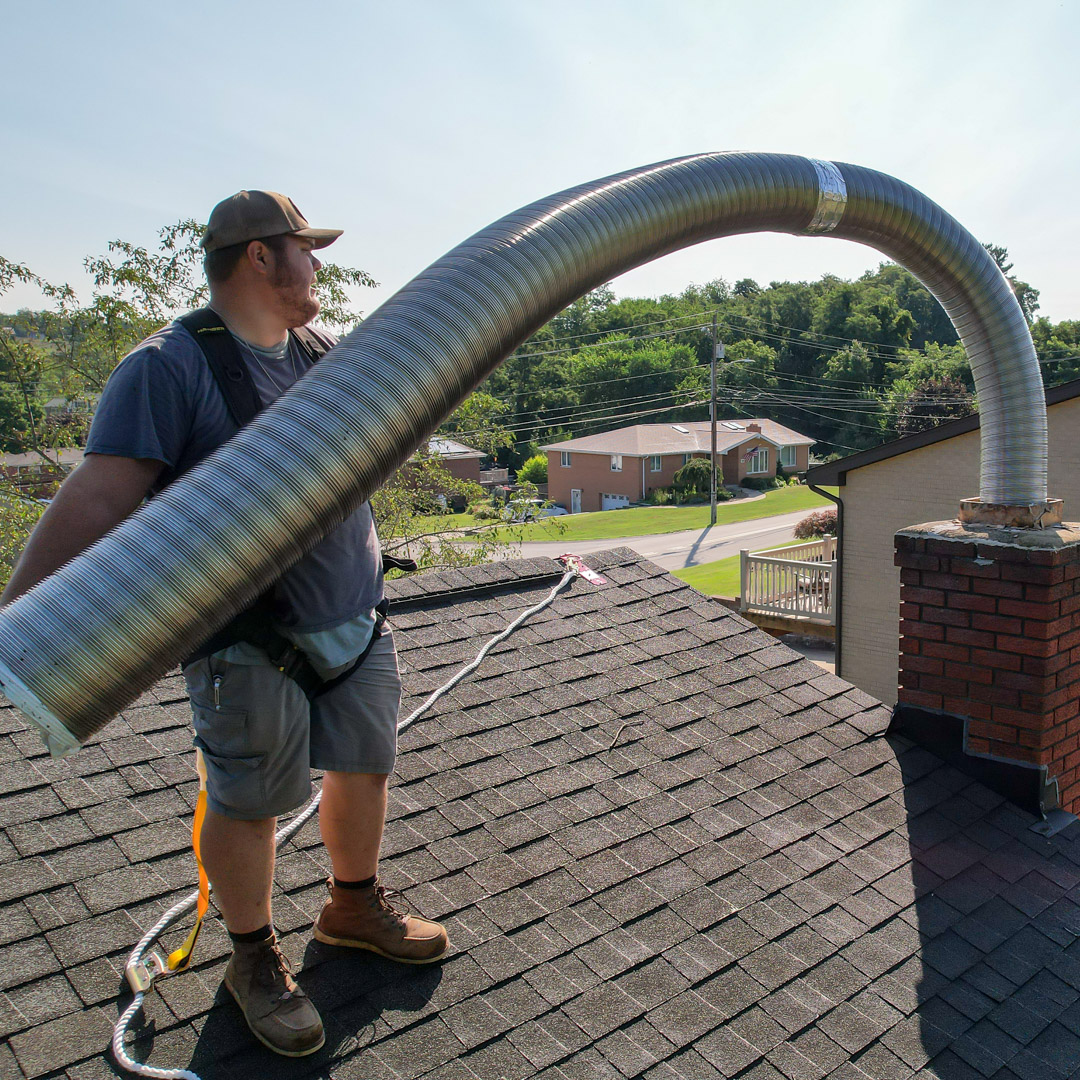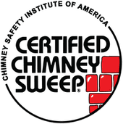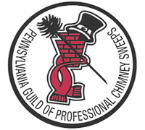How to Avoid Creosote Buildup And Chimney Fires
Chimney fires pose a serious threat to homes and families, and doing what you can to avoid them is imperative. Creosote is one of the primary reasons why chimney fires happen which means, to prevent fires from bursting out in your chimney, it’s crucial to have creosote regularly swept out.
But what exactly is creosote, and what steps can you take to minimize its buildup? We’ve got answers for you.

What Is Creosote?
If you have a wood-burning fireplace, you’re probably burning a lot of wood on the many cold, winter nights we experience here in Pittsburgh and its surrounding areas. What many don’t realize is that the smoke their wood fires produce contain things like:
- Wood particles
- Gases and tar fog
- Other combustible chemical compounds
And when these byproducts go up your chimney, they cool off, condense, and form what is then called creosote.
Creosote is incredibly combustible, and when it builds up in your chimney, it can cause serious problems by restricting airflow. Because the creosote layer is so thick, your chimney flue becomes smaller sending superheated gases through a smaller exhaust passageway.
Creosote is incredibly combustible, and when it builds up in your chimney, it can cause serious problems by restricting airflow.
Furthermore, creosote has three stages in its buildup. The higher the creosote buildup stage is, the harder it’s going to be to remove it.
1. First Degree Creosote: First-degree creosote is flaky and powdery, and it can be swept away by a professional using a rotary power sweeping brush. However, if you don’t do anything about the buildup, the creosote will continue to accumulate, become harder to remove, and increase your risk of experiencing a fire.
2. Second Degree Creosote: Second-degree creosote is sticky and tends to look like tar. There will still be some powdery flakes present, which can be easily swept away, but the rest will be significantly harder to remove. That said, experienced chimney sweeps – like us – can use specialized tools to get it out.
3. Third Degree Creosote: Third-degree creosote buildup is the most difficult to address. It looks like hardened, glossy tar, and it is very concentrated – making it highly combustible. This type of creosote will form when you use your chimney improperly, burn anything other than seasoned firewood, and neglect regular inspections and maintenance.
Preventing Creosote Buildup in Your Chimney
No one wants to expose their family or home to the risk of chimney fires. While creosote can’t be avoided completely, there are ways to reduce that rate at which is builds up.
- Only burn dry, seasoned firewood. Newly-cut, unseasoned firewood contains more moisture content, leading to denser smoke with tons of combustion byproducts – and more creosote accumulation.
- Ensure your fires are burning hot and clean. You want your logs to be evenly spaced, allowing air to freely flow and produce hotter, cleaner fires. Setting up your logs well will help reduce creosote buildup.
- Keep the air flowing. As we said, air flow is essential in setting up your fireplace fires. Make sure the damper is fully open in your chimney to allow for proper airflow. For tightly insulated homes, opening your windows may also help with airflow.
- Don’t put off your chimney sweeping. Lastly, it’s essential to regularly conduct chimney sweepings, as well as annual inspections and regular maintenance, to prevent creosote from building up.
Signs of a Chimney Fire
Not all chimney fires can be detected. No matter how well-maintained your chimneys are, it’s always a good idea to know how to recognize chimney fires before they destroy your home.
There are two types of chimney fires that can happen in your home: fast-burning chimney fires and slow-burning chimney fires.
Fast-burning chimney fires are easy to detect because of their explosiveness. The most common signs include:
- Flames or Sparks: Due to their nature, fast-burning chimney fires can be easily detected because flames, sparks, or even creosote itself can typically be seen coming out the top of your chimney.
- Loud Cracking or Roaring Noises: Fast-burning chimney fires often come with a large, booming sound similar to a burning bonfire or jet engine sound.
- Tons of Smoke: This may be obvious, but – like all fires – chimney fires will produce lots of smoke, often engulfing your entire home.
- Strong Smell: Creosote produces a distinct and smelly odor. If you smell burning ashes and creosote, it’s a good sign that your chimney is on fire and that you must evacuate and call 911.
Slow-burning chimney fires, on the other hand, are more subtle and harder to detect since they gradually eats away at your chimney. This is because your chimney may not have enough oxygen to make a big, loud, and noticeable fire. However, there are telltale signs to determine if your chimney is burning even without the explosive signs:
- Changes in Color: You can look at your creosote and your chimney’s metal parts to see if your chimney is burning. They often exhibit a grayish hue when they’re slowly burning.
- Cracks or Damage: If you notice signs of damage on your walls, TV antennas, and tiles around your chimney, contact a professional chimney service immediately. They can inspect the chimney to determine whether or not a chimney fire has occurred.
- Creosote Outside the Chimney: Creosote is an excellent indicator of chimney fires and usually the buildup will be inside your chimney. However, creosote on the floor or at the top of your chimney is a telltale sign that a slow-burning chimney fire has occurred.
In the event of a chimney fire, you need to call the fire department as soon as possible.
Schedule an Inspection and Chimney Sweeping With Advance Chimney
Unsure if your chimney is ripe for fire? Let us help you. We offer chimney sweeping and chimney inspection services so you can get rid of creosote buildup and make sure your fireplace and wood stove is suitable for use.
Contact us today for a free quote.







